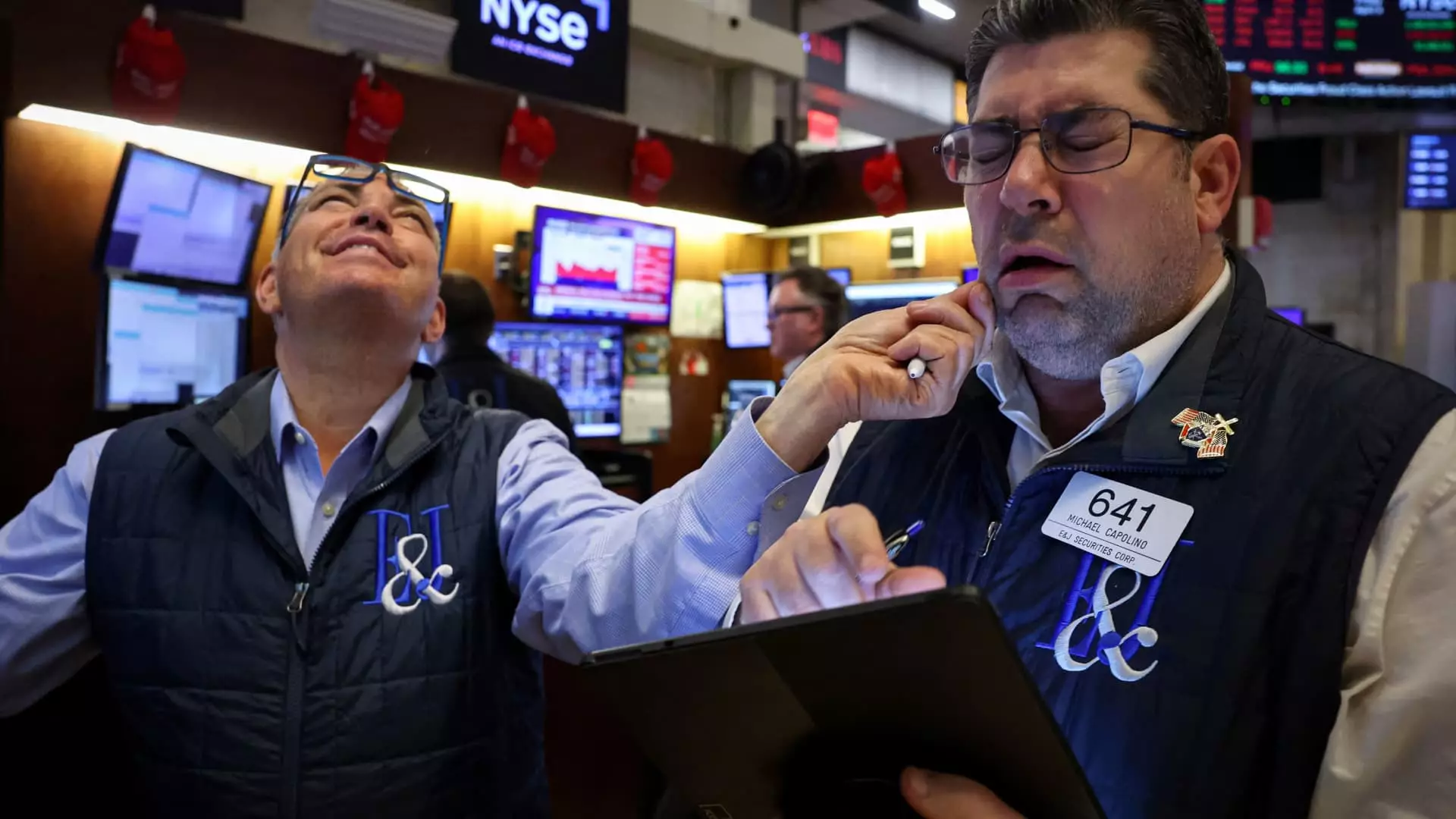Before Donald Trump’s administration elevated tariff rhetoric to fever pitch, many economists believed that the looming tariffs would be problematic but manageable. However, the reality that emerged has proven to be far worse than even the darkest predictions. Instead of a mere bump in the road on the journey towards reshaped trade relationships, the tariffs have unleashed a maelstrom of economic turmoil. What we anticipated as a measured political maneuver has instead become a veritable disaster that threatens to unravel not only U.S. markets but also decades of carefully constructed global economic relationships.
The Trump administration’s announcement that it would impose tariffs on numerous trading partners caught the world off-guard. The stated aim was to “pry open foreign markets,” but what we witnessed instead was an immediate plunge in trading figures, eroding confidence across every sector. Key indices felt the backlash almost immediately, with the Nasdaq Composite plunging into pessimistic territory—a feat that signifies much more than a momentary setback.
Armor or Anvil? Diplomatic Strain in a Polarized Climate
Trump’s tactics bear striking resemblance to a boxer swinging wildly, lacking precision or strategy. His drive towards “reciprocity” led to countermeasures from economic giants like China, which imposed retaliatory tariffs upward of 34%. These counteractions have not only exacerbated trade tensions but also complicated relationships with critical allies such as Canada and Mexico, tearing apart the fabric of the United States-Mexico-Canada Agreement (USMCA) negotiations.
While there is a sense of nationalistic pride in the notion of breaking “foreign trade barriers,” the method employed appears haphazard and poorly considered. By imposing blanket tariffs based on simplistic formulas, the administration effectively punished countries based on trade deficits rather than actual trade practices. This paints a grossly inaccurate picture of trade relationships and blinds us to the intricacies involved in global trade dynamics.
Market Reaction: Panic or Rational Response?
Markets, by their very nature, thrive on predictability and confidence. When Trump’s tariff announcement sent shockwaves through Wall Street, the ensuing market sell-off raised a troubling question: how can investors place a value on future earnings when the contours of trade are rapidly shifting? For financial experts, the sultry climb of approximately $6 trillion in losses was not merely collateral damage; it was an alarm bell signaling a deeper, systemic vulnerability.
The idea that tariffs could rejuvenate American industry is rooted in wishful thinking rather than reality. Economic growth fueled by consumer spending, which constituted 68% of activity in 2024, stands in stark contrast to an aggressive tariff regime that threatens inflation and slows down growth. In essence, the economic façade built by the Trump administration might crumble under the weight of its own shortsighted policy decisions.
The Road Ahead: Uncertainty Looms Large
Despite Trump’s attempts at framing the narrative through social media, the battle for economic rejuvenation must contend with harsh realities. Claims of successful negotiations—like discussions with Vietnam about tariff reductions—are little more than glimmers of hope in an otherwise dark landscape. Vague proclamations about striking a deal with China over a platform like TikTok are equally misguided; they offer no solid footing for a robust economic strategy.
The stock market’s poor reaction underscores a profound lack of faith among investors in the administration’s economic vision. Federal Reserve Chair Jerome Powell’s wary observations that these tariffs would stoke inflation and curb growth further illuminate the dire ramifications of Trump’s policies. Predictions from economists who label these tariffs as the “biggest policy mistake in 95 years” echo a frightening sentiment—one rooted in the fear that this self-inflicted wound is not one that can be easily healed.
A Call for Reflection in the Midst of Turmoil
In a time when unity and constructive diplomacy are paramount, the approach of wielding tariffs as tools of economic pressure seems myopic. The vision of an economically self-sufficient America should not come at the peril of disrupting global trade networks that enhance growth and innovation. The political landscape remains fraught with passionate divides, yet it is imperative that a more nuanced path forward is sought—one that navigates the complexities of global economics while embracing the interconnectedness of trade.
At the heart of this tumult is a fundamental belief in collaboration as a pillar of economic success. Simply put, embracing constructive dialogue over isolationist strategies must become the new modus operandi if we are to rectify this chaotic economic course.

Leave a Reply